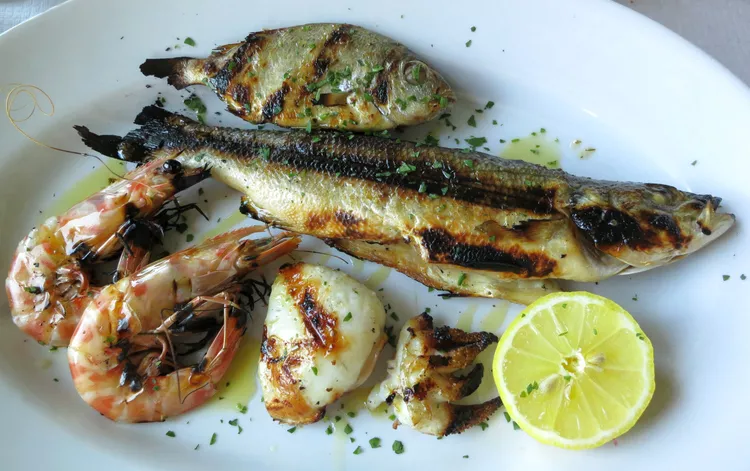Summary
What Fish Will You Find in Italy and How Is It Served?
Italy’s vast coastline provides ample opportunities for enjoying fresh fish, or pesce in Italian. However, when you glance at the Italian menu, you might wonder what types of fish are available. Almost every seafood option found in the sea is utilized in Italian cuisine, with many fish and shellfish differing significantly from those in the United States. Moreover, the preparation of seafood in Italy often features unique techniques that may be different from your usual experiences at home.
How Are Fish and Seafood Served in Italy?
Fish is frequently grilled, and this is one of the most common preparation methods. If you order a small fish, it will usually be served whole, whereas larger fish might be presented for sharing among two or more diners. It’s not uncommon in some restaurants to see the raw fish displayed at your table before cooking, allowing you to select your desired option while ensuring its freshness.
Visitors from the United States may be surprised to receive a whole fish, complete with head and tail. However, rest assured that the wait staff typically presents the entire fish and will ask if you would like them to debone it for you. If they don’t, you can request assistance with this.
Shrimp, referred to as gamberi, are most often served with the shell intact, including the head, requiring you to peel them yourself. Although this may seem unusual, shrimp prepared in this manner are generally more flavorful. Additionally, you might notice a wider variety of shrimp in Italy, including scampi, which are large, spiny prawns. Clams and mussels, known as vongole and cozze, are also frequently served in their shells, either as appetizers or in pasta dishes. While clams are often accompanied by a simple white wine sauce, mussels may be prepared with a slightly spicy tomato sauce. Typically, shrimp are peeled by hand, and a fork is usually sufficient for detaching clams and mussels from their shells.
Italy is renowned for its coastal regions, each boasting unique specialties regarding seafood stews and pasta. A popular dish among seafood aficionados is spaghetti allo scoglio, or reef spaghetti, which features a medley of shellfish.
Another intriguing option you may encounter is octopus, or polpo, served widely along the coast. This dish may present as grilled tentacles or as a warm appetizer, often accompanied by potatoes.
Dining on Fish in Italy
It’s important to note that fish and shellfish in Italy are often more expensive than other menu items. If a menu lists fish priced by the etto (per hundred grams), be sure to inquire about the total weight of your chosen fish or simply ask for the estimated cost. Many establishments offer fixed-price menus featuring various fish dishes, ranging from appetizers to entrees (excluding desserts!). Furthermore, restaurants that specialize in fish may limit their offerings to predominantly seafood options.
Learn the Names of Fish in Italian
Curious about the types of fish available in Italy? Visiting a local fish market is an excellent way to explore. You will encounter the fish up close and learn about the local varieties. The fish are often labeled, providing the Italian names for familiar options such as flounder (platessa), tuna (tonno), or cod (merluzzo). Additionally, salmone is the Italian term for salmon, while persico refers to perch and spigola means sea bass.
Eating in Italy – Buon Appetito
Experiencing Italian dining allows you to immerse yourself in the rich culture and regional specialties of the country. Embracing the nuances of Italian dining will enhance your overall experience. Remember, dining in Italy can differ significantly from what you are accustomed to. Therefore, make the most of these new culinary experiences!
Make the Most of Your Italian Dining Experience
- Explore Local Markets: Discover fresh ingredients and connect with local artisans.
- Ask for Recommendations: Don’t hesitate to seek advice from staff about the best dishes to try.
- Try Regional Specialties: Every region has unique seafood dishes worth exploring.





